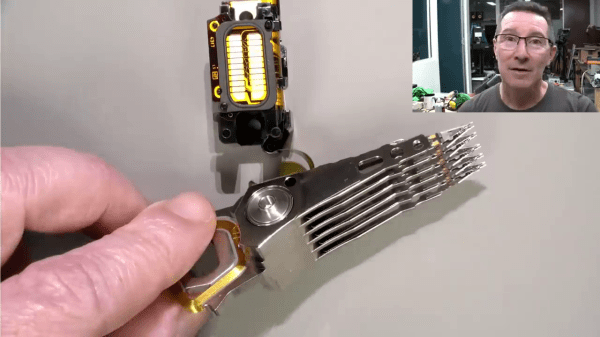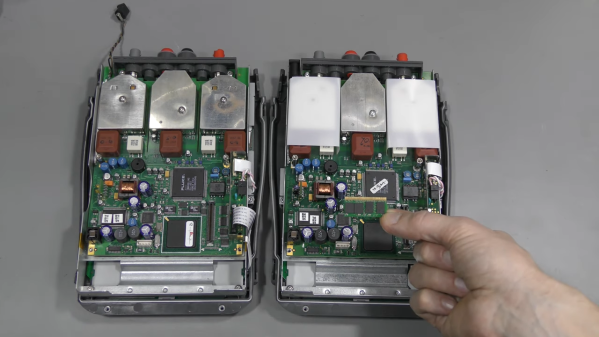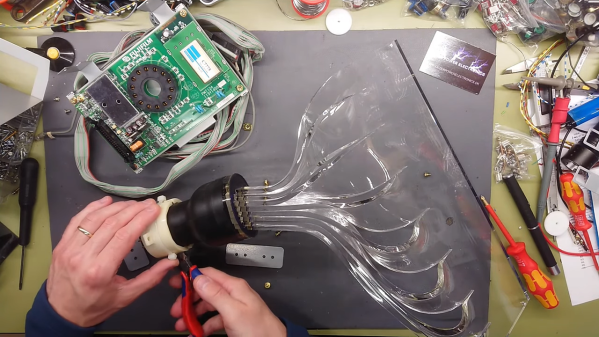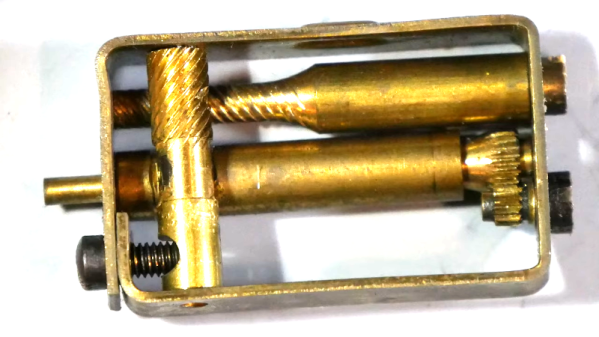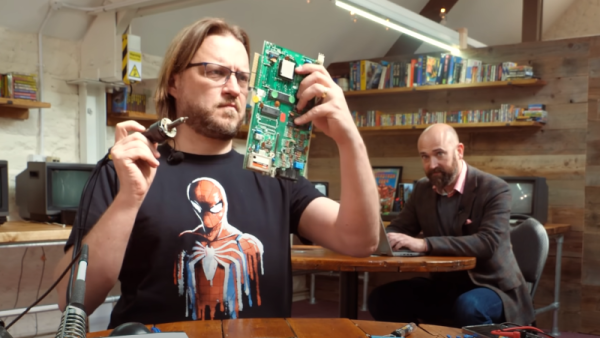One hard disk recently failed in the EEVBlog laboratory’s NAS. Keeping true to his catch phrase, [Dave “Tear it Apart” Jones] opened it up and gave us an inside tour of a modern hard disk drive. There are so many technological wonders to behold in modern HDDs these days — the mechanical design, electronics and magnetics, and the signal processing itself which is basically an advanced RF receiver — that we can forgive [Dave] for glossing over a system of piezo actuators thinking they were manufacturing test points. Even knowing they are actuators, you have to stare at them and think for a bit before your brain accepts it.
Later realizing the mistake, he made a follow-up video (down below) focusing on just the disk head actuator arms and this micro-actuation system (or perhaps they are milli-actuators). The basic concept is a pair of piezoelectric transducers mounted on either side of the short arm holding the read head. Presumably they are driven out of phase to flex the arm left or right, but the motion is imperceptible to the eye — even under magnification, [Dave] was not able to discern any motion when he pulsed the transducers. When you consider that these micro-actuators are mounted on the main actuator arm, which itself is also in motion, the nested control loop arrangement to maintain nanometers of accuracy is truly amazing. Check out this 45 second explanatory video by Western Digital which has a good animation of the concept.
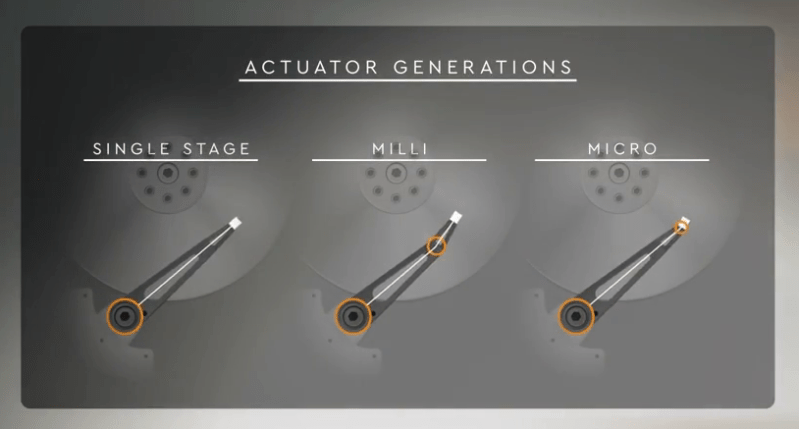
If you want to see your HDD in operation without taking it apart, check out the transparent drive we wrote about last month. And to read more about esoteric actuators, check out this article from 2015 which contains one of the longest words to appear in our pages — magnetorheological. If you’ve experience a hard disk failure, which thankfully is becoming rarer these days, do you chunk it or tear it apart?
Continue reading “Mistaken Identity — Piezo Actuators Not Test Pads”

